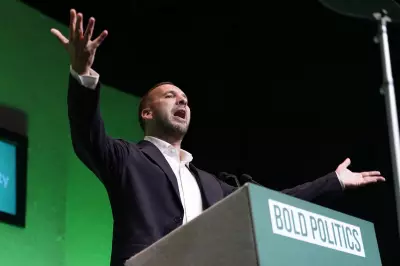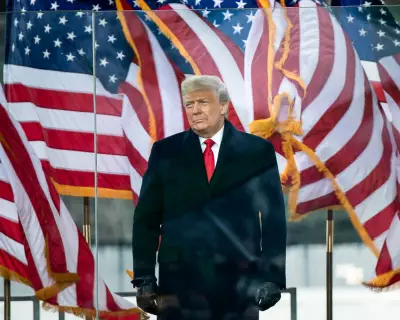
In the bustling political landscape of New York, an unexpected figure has been steadily building a movement that's challenging conventional politics. Zohran Mamdani, a democratic socialist representing Queens in the New York State Assembly, has captured attention with his unique approach to public service.
The Unconventional Politician
Unlike many career politicians, Mamdani's path to public office was anything but traditional. His background and personal style have become central to his political identity, resonating deeply with constituents tired of politics as usual.
What sets Mamdani apart isn't just his political platform, but his authentic connection with the communities he serves. His approach combines grassroots organizing with a genuine understanding of the diverse needs of New Yorkers.
Building a Movement
Mamdani's political strategy focuses on building power from the ground up. Rather than relying on established political machines, he has cultivated a base of support through:
- Community-led initiatives
- Transparent governance
- Direct engagement with constituents
- Progressive policy proposals
The Policy Vision
At the heart of Mamdani's appeal is his commitment to addressing systemic inequalities. His legislative priorities reflect a deep understanding of the challenges facing working-class New Yorkers, from housing affordability to workers' rights and environmental justice.
His ability to translate complex policy issues into relatable terms has helped build broad support across different demographic groups.
A New Political Playbook
Mamdani's success suggests a shifting political landscape where authenticity and progressive values can overcome traditional political barriers. His approach offers a blueprint for other progressive candidates seeking to make change within the system while challenging its limitations.
As his influence grows, political observers are watching closely to see how his model might reshape not just New York politics, but progressive movements more broadly.





